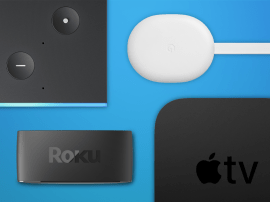Obscure Apple products that missed the mark
How many of these sometimes bizarre Apple products do you remember?
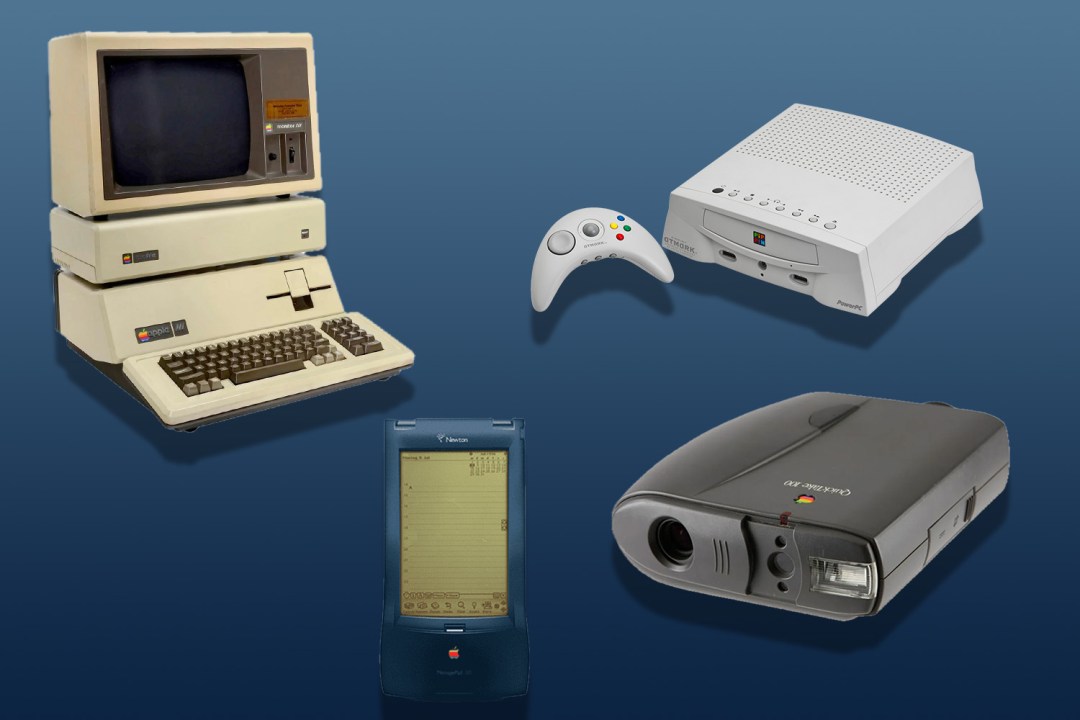
Apple has always been known for its innovative approach to technology, creating products that are both simple and easy to use. However, not all of its products have been a resounding success. In fact, throughout its history, Apple has released several obscure and bizarre products that have left people scratching their heads.
These little-known Apple products failed to become popular but are still worth remembering. They include peculiar mice resembling hockey pucks, a personal digital assistant that was remarkably innovative for its time, and many more.
How many of these interesting products do you remember?
Macintosh TV (1993-1994)
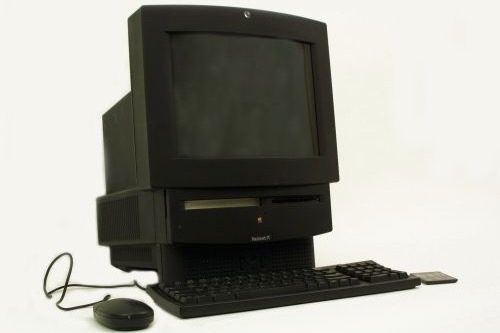
In the early 1990s, Apple tried to revolutionize how people interacted with their TVs and computers. The Macintosh TV was the result of this ambitious project. It was a Macintosh computer with a built-in 14-inch display and a TV tuner. The idea was that users could switch back and forth between watching TV and using their computer without changing inputs or devices.
The Macintosh TV was a cool concept, but unfortunately, it didn’t catch on with consumers. It was released in 1993 and discontinued the following year due to poor sales. There were a few reasons why the Macintosh TV failed to take off. For one, it was expensive, costing around $2,000 at launch. It was also limited in functionality, as it couldn’t record TV shows or play DVDs.
Despite its short-lived run, the Macintosh TV remains an interesting footnote in the history of Apple and technology. It was an early attempt at integrating multiple devices into a single package, something that is now commonplace in the world of smart TVs and all-in-one computers. And no doubt, the Macintosh TV eventually led to the Apple TV — eventually.
Apple Bandai Pippin (1995-1997)
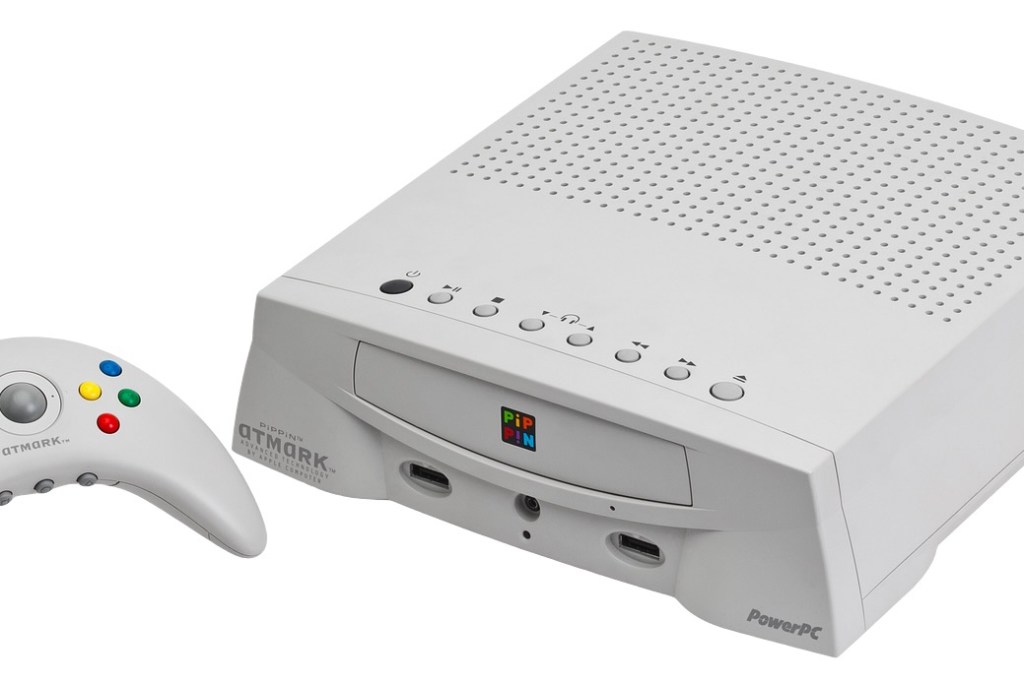
The Apple Bandai Pippin, released in 1996, was a product ahead of its time. It was designed to combine a game console and multimedia platform that would revolutionize the home entertainment industry. The Pippin was created in partnership with Bandai, a Japanese toy company with a strong presence in the gaming industry. Apple had high hopes that the Pippin would be a game-changer, but unfortunately, it was one of the biggest flops in Apple’s history.
One of the main reasons why the Pippin failed was its high price. At $599, the Pippin was significantly more expensive than other gaming consoles at the time. To make matters worse, the Pippin had a limited library of game titles, making it less appealing to consumers looking for a wide variety of games to play. Even though Pippin had innovative CD-based technology, it was only available through a limited distribution network, making it difficult for consumers to find and purchase the product.
Despite its commercial failure, Pippin’s CD-based technology was quite innovative. It played a significant role in shaping the future of gaming consoles and platforms. The Pippin was one of the first gaming consoles to use CD-ROMs as the primary storage medium for games, which was a big leap forward from the cartridge-based systems that were popular at the time. This paved the way for future gaming consoles to adopt CD-based technology, eventually leading to the emergence of digital downloads and streaming services that we see in today’s gaming industry.
So, even though the Pippin was a commercial failure, it still had a lasting impact on the gaming industry. It’s remarkable that a product that didn’t catch on with consumers still managed to shape the future of gaming consoles and platforms.
Apple QuickTake (1994-1997)
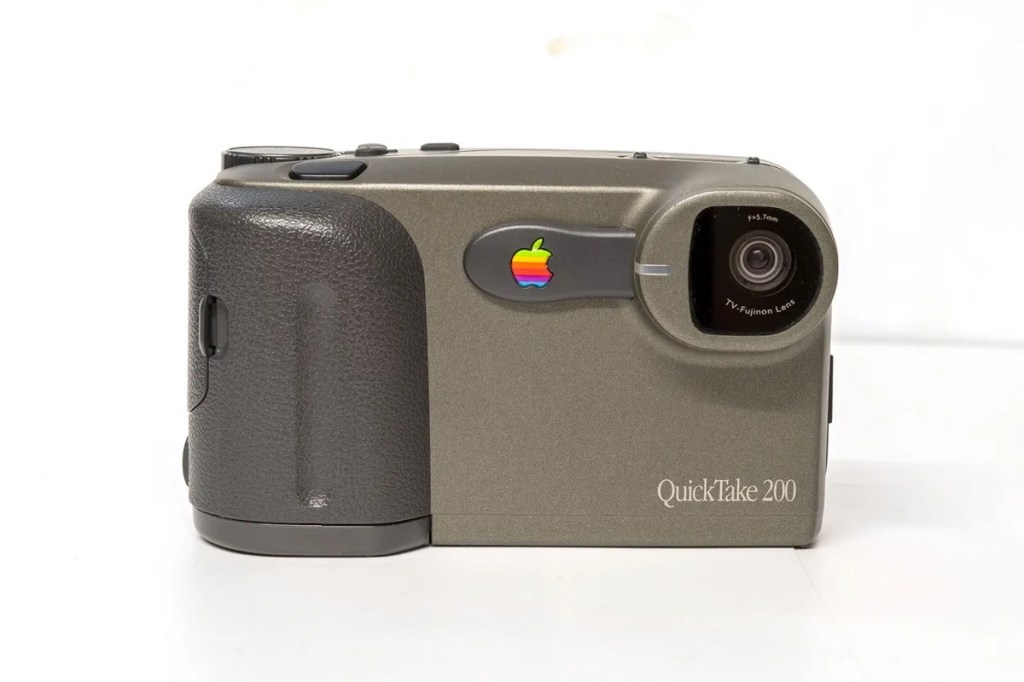
It’s pretty fascinating how Apple, the tech giant we know today for its iPhones, iPads, and Macs, once tried to enter the consumer photography market with a product called QuickTake. The QuickTake was one of the first digital cameras ever produced, and it was pretty impressive for its time.
With a resolution of 640×480 pixels, the QuickTake was capable of capturing images of decent quality. It’s hard to believe this resolution was considered impressive in the early 1990s when the QuickTake was introduced. Also, the QuickTake could store up to eight images, which was quite a feat for a digital camera then.
However, despite the promising start, Apple couldn’t keep up with the competition from established camera manufacturers like Kodak, Fujifilm, and Canon, who had already established a strong foothold in the market. As a result, Apple ended up discontinuing the QuickTake after a limited run. Nevertheless, the QuickTake remains an interesting piece of Apple’s history, and it’s a testament to the company’s willingness to experiment with new products and technologies.
iPod Hi-Fi (2006-2007)

Newer than the other products on this list so far, the iPod Hi-Fi was a speaker system to bridge the gap between portable music and home audio systems. It was a game-changer for music enthusiasts who wanted a high-quality sound system to enjoy their favorite tunes.
The iPod Hi-Fi was explicitly designed for iPods, and it was a standalone speaker system that provided exceptional sound quality. It was a hit with music lovers, who praised its sound quality and innovative design.
Despite the positive reviews, the Hi-Fi was short-lived due to limited compatibility and competition from other speaker brands. It was a pity as it had so much potential. However, its technological advancements established subsequent speaker systems like the HomePod.
Apple III (1980-1984)
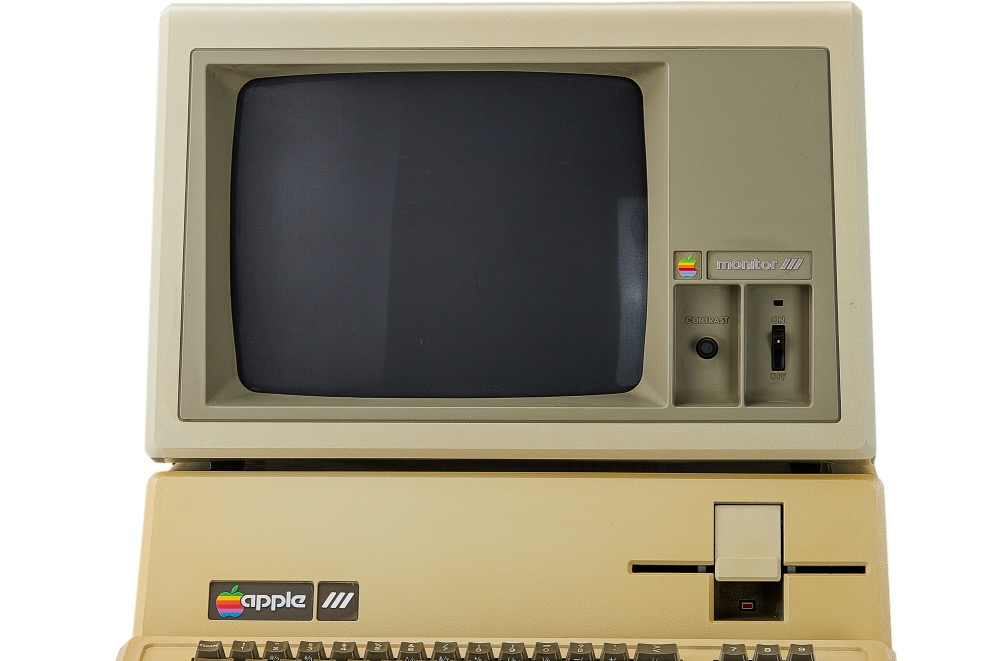
Did you know that Apple tried to create a business-focused successor to the famous Apple II called the Apple III? Yeah, unfortunately, things didn’t quite work out as planned. The device had some design flaws overheating issues, and was incompatible with existing software, which put it at a significant disadvantage in the market.
Despite subsequent improvements, the damage was already done, and the Apple III failed to gain traction and was ultimately discontinued. It’s a shame because the Apple III had so much potential, but sometimes even the best-laid plans fall short.
But hey, Apple didn’t let the failure of the Apple III stop them from pushing forward and creating some of the most innovative and popular tech products we have today. And who knows, maybe they’ll try again with a new and improved business-focused device someday. After all, failure is just a stepping stone to success, right?
Apple Lisa (1983-1986)

The Apple Lisa, which was named after Steve Jobs’ daughter, was one of the most advanced personal computers of its time. It had a groundbreaking graphical user interface far ahead of its time. Unfortunately, despite its impressive features, it was way too expensive and had limited software compatibility, which kept potential buyers at bay.
The Lisa was a costly lesson for Apple but also a catalyst for developing the more successful Macintosh. The Macintosh was more affordable and had better software compatibility, making it a more appealing option for consumers.
It’s fascinating to think about how the technology industry has evolved since the introduction of the Apple Lisa. Today, we have access to thousands of times more powerful and capable devices than the Lisa. But it’s important to remember that the Lisa played a crucial role in shaping the technology landscape we know and love today.
Macintosh Portable (1989)
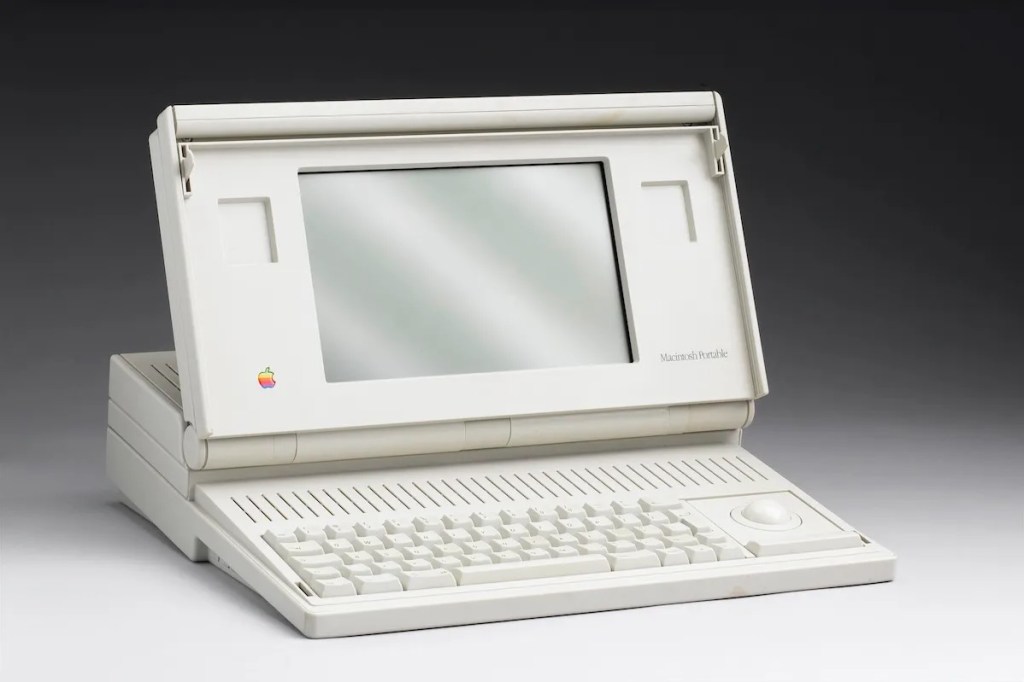
In the late 1980s, with the success of the Macintosh, Apple was eager to expand its product line with a portable version of its popular computer. And thus, the Macintosh Portable was born.
However, the Macintosh Portable was not the success Apple had hoped for and is remembered today as another one of those obscure Apple products. It was bulky, heavy, and expensive. Weighing in at a cumbersome 16 pounds, it was hardly portable by modern standards. Its high price tag and short battery life made it unattractive to consumers and failed to balance functionality and size.
But the Macintosh Portable wasn’t all bad news for Apple. The company learned valuable lessons from the experience, which helped them to develop and release the highly successful PowerBook series. The PowerBook addressed many of the shortcomings of the Macintosh Portable, with a sleeker design, longer battery life, and a more affordable price point.
Despite its initial failure, the Macintosh Portable remains an essential milestone in the history of personal computing. It demonstrated that even the most innovative companies can have missteps and that failure can be an influential teacher. For Apple, the lessons learned from the Macintosh Portable paved the way for future success. They helped the company to continue to innovate and push the boundaries of what was possible with personal computers.
Apple Newton (1993-1998)
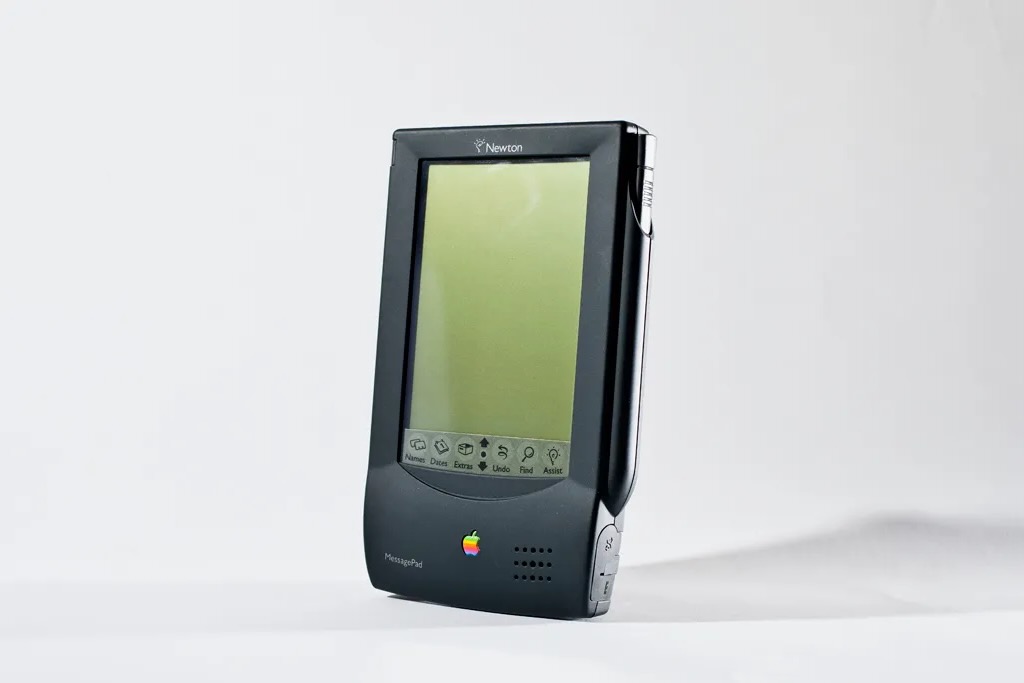
The Apple Newton MessagePad was an early attempt at creating a personal digital assistant (PDA). While it showcased innovative features like handwriting recognition, its size, high price, and initial software limitations hindered its popularity. However, Newton’s influence can be seen in later successful Apple products like the iPhone and iPad.
The Apple Newton MessagePad was a groundbreaking device that revolutionized the tech industry by introducing the concept of a personal digital assistant (PDA). Newton was a pioneer of its time, one of the earliest attempts at creating a handheld machine that could perform various functions like taking notes, managing schedules, and even sending faxes.
Despite its impressive features, the Newton faced several challenges that hindered its popularity. The device was relatively large and bulky, making it less portable than newer PDAs that would come later. Additionally, the Newton was expensive, which limited its potential user base. Finally, the software of the initial version of Newton was limited, and the handwriting recognition system wasn’t always accurate, which made it difficult for users to take full advantage of its capabilities.
Despite these challenges, Newton’s influence can be seen in later successful Apple products like the iPhone and iPad. Many features that made Newton innovative, such as touch screens and handwriting recognition, have become standard features on modern smartphones and tablets. If anything, the Newton is probably the most well known of obscure Apple products.
Apple Hockey Puck Mouse (1998-2000)
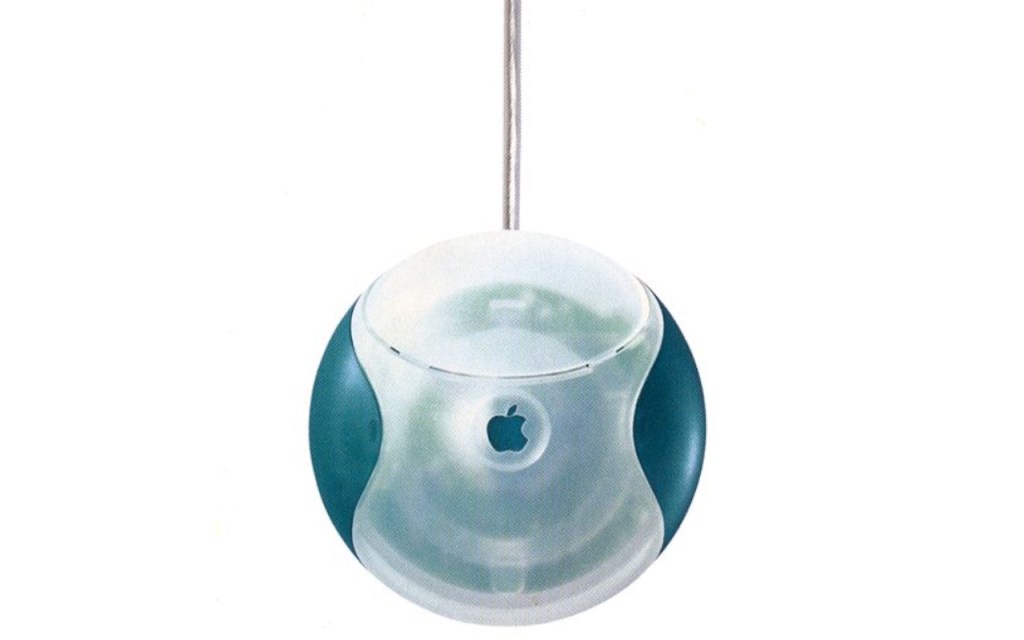
The Apple Hockey Puck Mouse was a groundbreaking design in computer peripherals. Its unique look and feel made it an instant hit among Apple and tech enthusiasts. However, its small size and lack of ergonomic comfort rendered it impractical for extended use, leading to frustration and discomfort for users.
Despite the initial excitement surrounding the Hockey Puck Mouse, it quickly became apparent that it was not a practical solution for everyday use. Apple recognized this and responded by releasing more user-friendly mouse designs that considered the importance of ergonomic comfort and usability.
This willingness to learn from design missteps and adapt accordingly is a hallmark of Apple’s approach to innovation. It’s a testament to their commitment to creating products that look great, function well, and improve the user experience. As a result, Apple has continued to be a leader in the tech industry, pushing the boundaries of what’s possible and setting the standard for design excellence.
iPhone 5c (2013-2014)
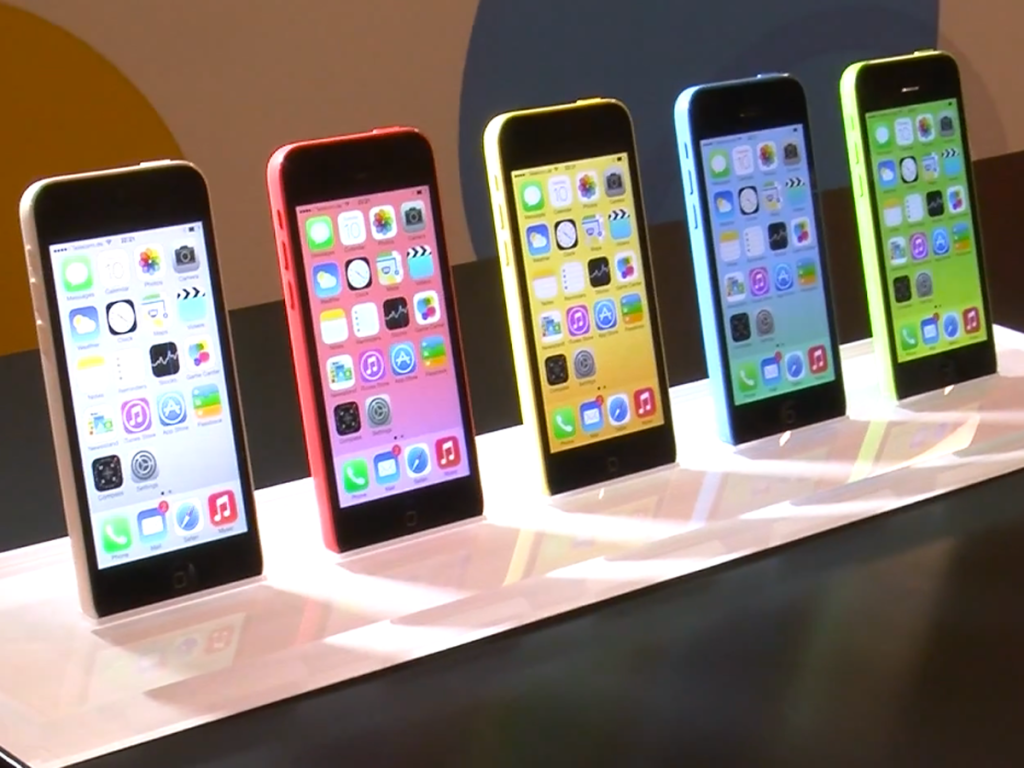
The final obscure Apple product on the list is also the newest. In 2013, Apple introduced the iPhone 5c, a device marketed as a more affordable and colorful alternative to the flagship iPhone 5s. The iPhone 5c came in various bright colors, including green, blue, yellow, pink, and white, making it stand out in a sea of black and silver phones.
However, despite its colorful exterior, the iPhone 5c failed to impress consumers. One of the main reasons for this was its plastic construction, which some felt made it look and feel cheap compared to other iPhone models. The iPhone 5c’s specs were similar to those of the iPhone 5, which was released the previous year, so it didn’t offer any significant improvements over its predecessor.
As a result, the iPhone 5c’s sales were lackluster, and Apple quickly realized that it needed to adjust its strategy. Rather than focusing solely on creating a more affordable iPhone, Apple shifted its focus to offering a more comprehensive range of iPhone options.
Despite the iPhone 5c’s lackluster sales, it played an essential role in shaping Apple’s future strategy. It showed the company that consumers are willing to pay a premium for high-quality devices and that simply offering a cheaper alternative isn’t always enough to win customers.
Related: The 24 best Apple TV apps you’ll actually use


